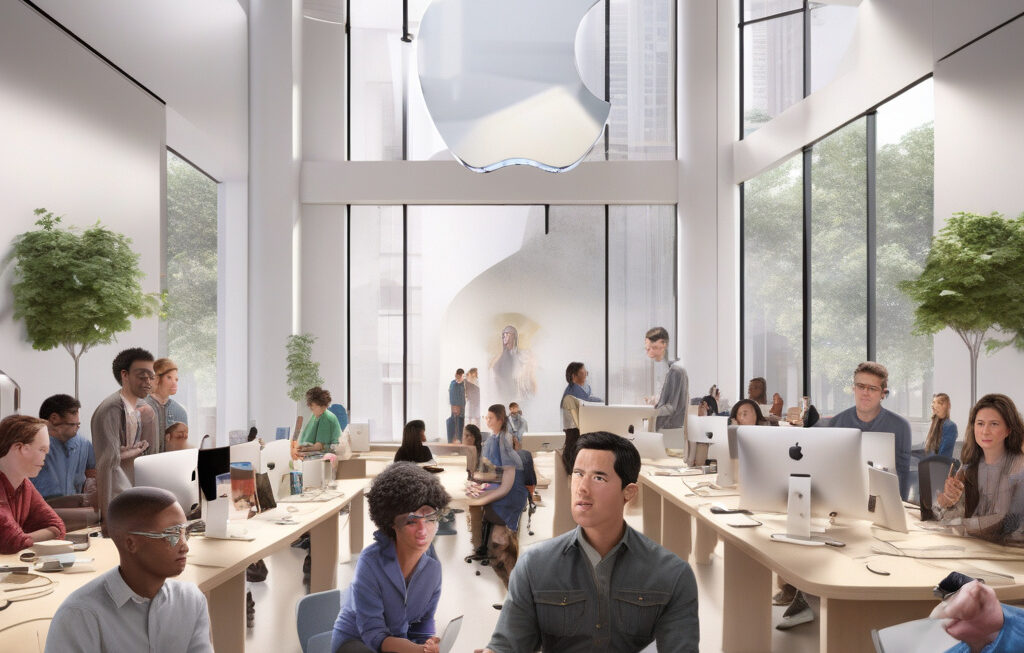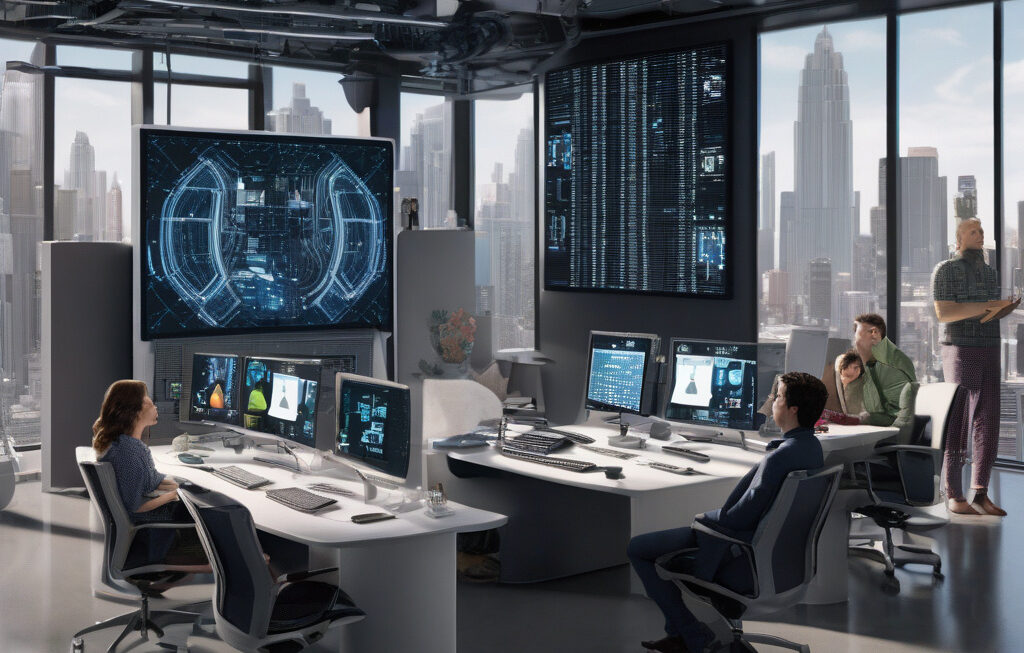Europe’s Quantum Ambitions: Overcoming Funding and Commercialization Hurdles
In the realm of quantum computing, Europe is making significant strides by leveraging an unconventional approach – using glass and light to build cutting-edge quantum computers. This innovative technique not only showcases Europe’s commitment to pushing the boundaries of technology but also highlights the continent’s prowess in fostering groundbreaking advancements in the field of quantum computing.
Despite Europe’s strong innovation in the quantum computing sector, the journey towards realizing its quantum ambitions is not without its challenges. Two key hurdles stand in the way – funding and commercialization. Overcoming these obstacles is crucial for Europe to cement its position as a global leader in quantum computing and unlock the full potential of this transformative technology.
One of the primary challenges that Europe faces in its quantum quest is securing the necessary funding to support research and development initiatives in quantum computing. While the region boasts a rich ecosystem of academic institutions, research centers, and technology companies driving quantum innovation, the availability of funding remains a critical issue. Without adequate financial support, progress in developing quantum technologies could be hindered, putting Europe at risk of falling behind other global players in the quantum computing race.
To address the funding gap, European governments and industry stakeholders must collaborate to allocate resources towards quantum research and development. By investing in quantum initiatives and supporting the growth of quantum startups and scaleups, Europe can create a robust ecosystem that nurtures innovation and drives the advancement of quantum computing technologies.
In addition to funding challenges, Europe also faces obstacles in commercializing quantum technologies and bringing them to market. While the region excels in research and development, translating scientific breakthroughs into commercially viable products is a complex process that requires a concerted effort from both the public and private sectors. Without a clear pathway to commercialization, Europe risks losing out on the economic benefits and competitive advantages that quantum computing can offer.
To overcome the commercialization hurdles, European policymakers and industry leaders must work together to create a conducive environment for quantum startups to thrive. By establishing supportive regulatory frameworks, fostering industry-academia collaborations, and incentivizing investment in quantum technology, Europe can accelerate the commercialization of quantum computing solutions and drive adoption across various sectors.
Despite the challenges that lie ahead, Europe’s quantum ambitions are firmly rooted in a strong foundation of innovation and expertise. By addressing the funding and commercialization hurdles head-on, Europe can position itself as a global powerhouse in quantum computing and pave the way for a future where glass and light revolutionize the way we compute, communicate, and innovate.
In conclusion, Europe’s journey towards building quantum computers with glass and light is a testament to the region’s commitment to driving technological advancement and shaping the future of computing. By overcoming funding and commercialization challenges, Europe can harness the full potential of quantum technologies and solidify its position as a key player in the quantum computing landscape.
quantumcomputing, innovation, Europe, technology, funding












